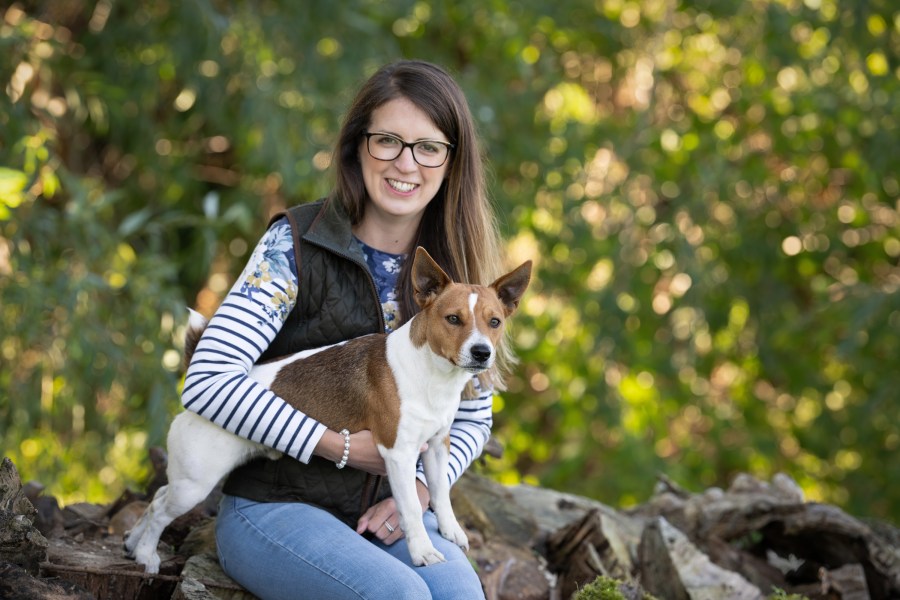The greater flexibility of the SFI 2023 makes it easier to fit around other farming activities than a Mid-Tier Countryside Stewardship agreement, but less lucrative in some situations, warn experts.
While payment rates for SFI actions largely mirror those of the equivalent CS options, the decision on which scheme to opt for depends on individual farm circumstances, says Ceres Rural’s Chloe Timberlake.
“The similarities between the schemes make it hard to choose, but the SFI nudges ahead on flexibility,” she says. “One of the biggest criticisms of Mid-Tier has always been the agreements are fixed for five years. That’s different with the SFI. You can add in actions each year, make alterations and vary the area of rotational actions by 50% in the second year, if required.”
Rolling vs fixed
Chloe explains that a rolling application window means SFI agreements can start at any time of the year while Mid-Tier Countryside Stewardship has a fixed application deadline. New actions exclusive to SFI include payments for soil testing (£5.80/ha and £95/agreement), the production of Nutrient Management Plans and IPM Plans (£589/year and £989/year), as well as payments for companion cropping (£55/ha) and no use of insecticide (£45/ha).
There’s also a return of the grassy field corners and blocks action, AHL3, which pays £590/ha, as well as two new hedgerow actions.
Otherwise, restrictions on their management, including cutting dates, supplementary feeding and rest periods attached to some Countryside Stewardship options have been removed with parallel SFI actions, as have minimum and maximum areas, adds Chloe.
She highlights some examples, starting with herbal leys and legume fallows known as GS4 and AB15 in Countryside Stewardship. “In the SFI, herbal leys are called SAM3, but there’s no written requirement to rest them and fertiliser could be applied,” she says. “AB15, the rotational legume fallow, is called NUM3 in SFI but becomes a static option which must be maintained at the same area in each year of the SFI agreement.
Grazing livestock
Farms with grazing livestock which have low input grassland can benefit from supplementary feeding being allowed in the SFI with the action LIG1, which pays the same rate as GS2 at £151/ha.
Flower-rich margins and blocks known as IPM2 in SFI have become rotational, giving a choice between relocating or maintaining them, whereas the equivalent AB8 in CS is non-rotational. “The grassy field corners and blocks in SFI, AHL3, is a good action for delivering environmental gain and requires little management,” says Chloe.
Where Mid-Tier Countryside Stewardship has an advantage is with options for higher value environmental habitats, as with those on the Priority Habitats Inventory. GS9 and GS10 – options for the management of wet grassland for waders and wildfowl – are paid at £353/ha and £217/ha respectively, reveals Chloe.
“The nearest equivalent in SFI would be LIG1 at £151/ha, which wouldn’t give the same level of environmental protection.”
In addition, popular options such as AB6 (enhanced over-winter stubbles), AB14 (supplementary winter feeding for birds) and AB12 (low input cereal) remain available in Countryside Stewardship, but are not present in the SFI.
She reminds that the SFI is still in its infancy. “We can’t rule out further changes – recent events have confirmed that Defra is learning from feedback and some things remain fluid.”




